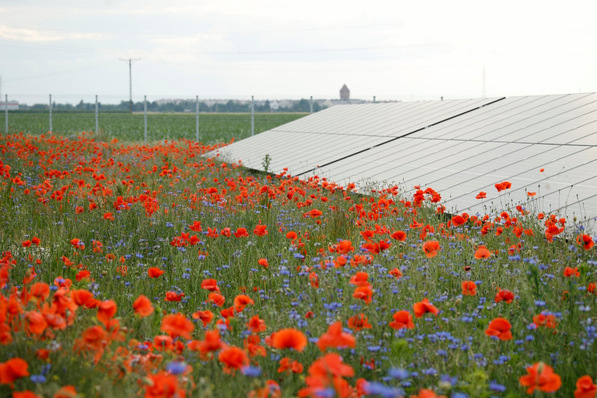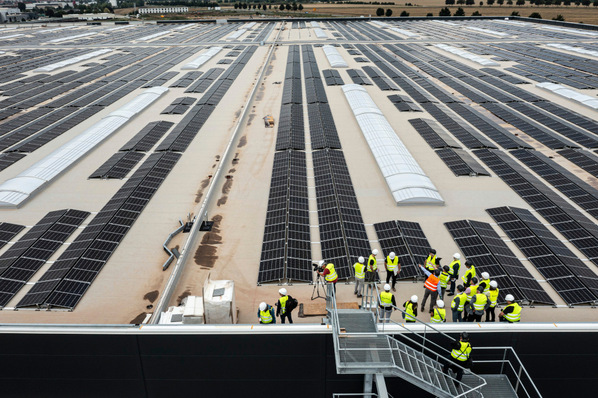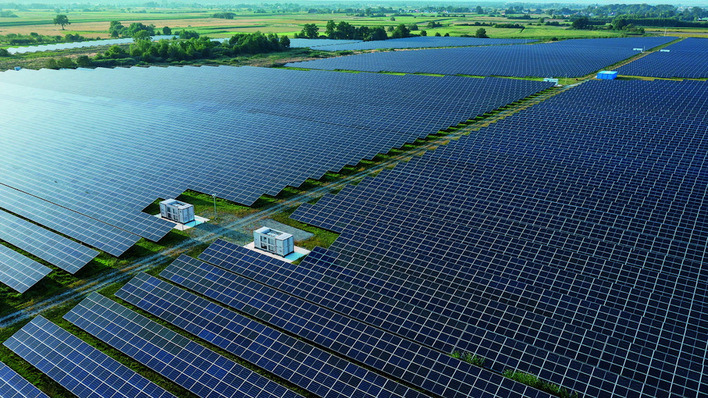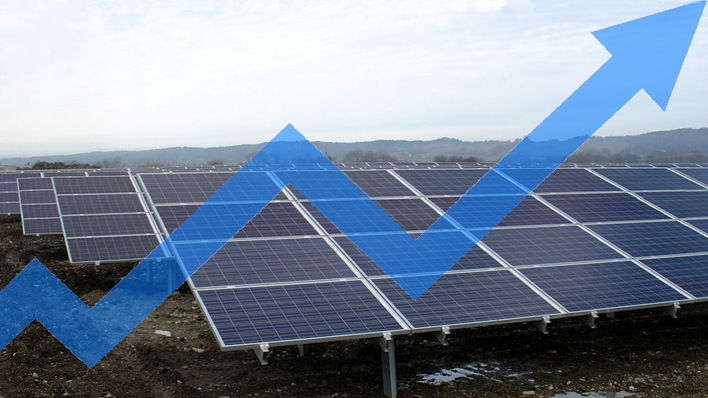Since the Federal Council in Bern enacted the solar offensive in October 2022, there has been a veritable run on high alpine locations for photovoltaic plants. In the canton of Graubünden alone, at least ten such solar plants are planned so far. This is reported by the online portal EE-News with reference to data from the Swiss news agency Keystone SDA.
More winter electricity for Switzerland
One reason for the increased demand for space high up in the Alps is the aim of the solar offensive to generate more renewable electricity for the winter. This is more feasible in the mountains, which are often above the clouds even in winter, than in the lowlands. In addition, there is the albedo effect, i.e. the use of light reflections from snow for solar power generation. The Swiss Confederation also provides a subsidy of up to 60 percent of the investment costs, which means that the plants can be realised economically for the first time high up in the Alps.
See also: Swiss solar sector continues its strong growth
However, the expansion seems to be taking place in a more orderly fashion. The data from SDA show that seven of the ten large-scale solar plants in Graubünden will be built next to ski resorts. Another plant will be built next to the Nalps reservoir in Sedrun. The Samedan electricity company is planning a generator next to Engadin Airport, which is located at an altitude of over 1,700 metres. The tenth plant is being built on Alp Run in Disentis.
Energy suppliers as investors
Large energy companies from the Swiss midlands are also involved. For example, the projects in Graubünden are backed by energy suppliers such as Axpo, Repower and the Elektrizitätswerk der Stadt Zürich (EWZ). Industriellen Werke Basel is also involved in a project with the plant on Alp Run in Disentis. But local utilities are also involved in the expansion of solar energy in the Alps. In addition to Elektrizitätswerke Samedan, which is building the plant at Engadin Airport, Engadiner Kraftwerke, Energia Engiadina and Energia Alpina from Sedrun are also involved in a joint project.
No building applications submitted yet
The plants are designed to be of different sizes. They are to produce between 7.5 and 61 megawatts. The land required also varies accordingly, ranging from a dozen hectares to almost a square kilometre. But it is still unclear which projects will actually be realised and how large they will actually be. After all, they are all still in the early stages of the project, and none of the project developers has yet submitted a building application, as Thomas Schmid, head of the Office for Energy and Transport in Graubünden, explained to EE-News.
Also interesting: 10 MW PV plant for Disentis ski area
Axpo, for example, is currently carrying out the environmental impact assessments for the project next to the Nalps reservoir and is working on the preliminary technical projects. The submission of the construction applications is planned for the end of 2023. Two other projects have just cleared the hurdle of a municipal vote, as EE-News reports. In addition, the canton still has to give its approval.
The plants must be connected to the grid by the end of 2025
But time is pressing. Because the plant operators will only receive the investment subsidy if the generator achieves at least ten percent of the planned electricity production by the end of 2025. "Good projects in areas that have already been developed and are already burdened in other ways - by infrastructure facilities such as skiing facilities, dams and so on - will have better chances of being realised," Schmid is certain. Environmental organisations, which are generally critical of solar parks in the Alps, could then also live with this. (su/mfo)








